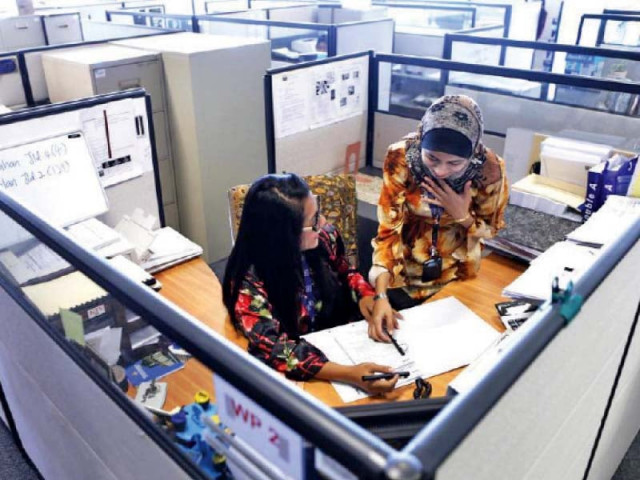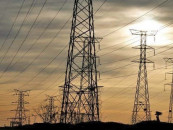Women and financial inclusion
Access to finance empowers women by creating economic opportunities

Globally, economic policymakers are putting increasing emphasis on expanding financial inclusion in their countries.
Financial inclusion is defined as access to formal financial services including savings, credit, insurance and payments through formal financial intermediaries at an affordable cost.
The Global Findex database, compiled by the World Bank, estimates that in 2014 an estimated 2 billion adults lacked access to a transaction account and were excluded from the financial system.
The situation becomes even abysmal in Pakistan where only 13% of adults have access to a transaction account. Disaggregating this in terms of gender reveals that only 4.8% of females own a transaction account. This makes the agenda on expanding financial inclusion hold special importance for countries like Pakistan.
Gender and financial inclusion
The State of Financial Inclusion of Women in Pakistan, a report published by the World Bank in 2018, highlights the importance of keeping women at the centre stage of financial inclusion. This strategy is beneficial on three fronts – social, economic and commercial.
In terms of social dimension, access to finance has been linked to empowerment of women by creating economic opportunities for them, providing them with a secure and private means of savings and enabling them to mitigate lifecycle risks.
The economic dimension of investing in women’s financial inclusion rests on the potential contribution that women can make to a country’s economy. Lastly, the commercial case for financial institutions to target women as clients involves women as one of the fastest consumer segments of the global economy. In Pakistan, women remain heavily involved in unpaid care work and their role in financial decision-making remains severely limited. To bring more women to the financial net requires a two-pronged strategy.
First, the involvement of women in the financial landscape requires steps to be taken by regulators to create avenues for increasing women’s role in financial decision-making.
Second, on a more macro level, it requires a more cohesive approach in supporting extensive campaigns by various stakeholders addressing both men’s and women’s perceptions on access to finance and decision-making.
Steps taken
The National Financial Inclusion Strategy set by the government of Pakistan has prioritised financial inclusion as part of its agenda.
Some of the headline targets to be achieved by 2023 are enhancing use of digital payments, enhancing the deposit base, promoting small and medium enterprise (SME) finance, increasing agricultural finance and enhancing the share of Islamic banking.
The implementation of this ambitious plan is estimated to create 3 million new jobs and create additional exports of $5.5 billion through enhanced access to finance for the SMEs.
How is this going to be implemented? Some existing schemes such as EasyPaisa, Pakistan’s first branchless banking solution, are positioned to serve women in different segments of society. The scheme already has an active customer base of 15 million, many of whom are women. This platform can be tapped to include previously excluded women by providing them with instant, safe and convenient access to funds within their own communities.
The writer is a doctoral candidate at the Bartlett, UCL
Published in The Express Tribune, March 22nd, 2021.
Like Business on Facebook, follow @TribuneBiz on Twitter to stay informed and join in the conversation.



















COMMENTS
Comments are moderated and generally will be posted if they are on-topic and not abusive.
For more information, please see our Comments FAQ